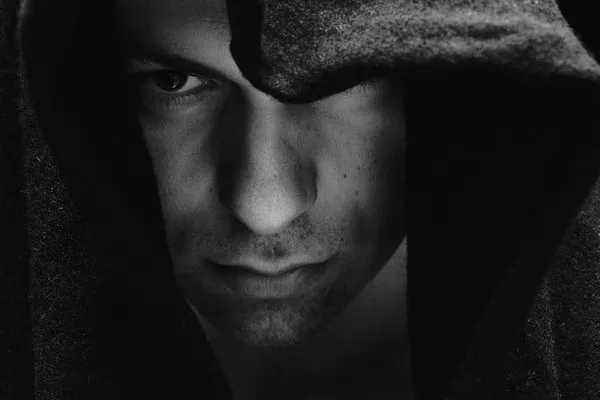In the realm of cinematic history, certain stories are timeless, and “West Side Story” undoubtedly falls into that category. The 1961 film adaptation of this iconic musical, inspired by William Shakespeare’s “Romeo and Juliet,” left an indelible mark on audiences worldwide. Decades later, the decision to remake “West Side Story” is a strategic and artistic move that raises questions about the reasons behind revisiting a cherished classic. In this article, we delve into the motivations and considerations that led to the reimagining of “West Side Story,” examining the impact of cultural shifts, advancements in filmmaking, and the enduring relevance of the original narrative.
1. A Classic Revisited: “West Side Story”
“West Side Story,” a musical that explores themes of love, prejudice, and societal divisions, has long been celebrated as a masterpiece. Set against the backdrop of New York City, the original 1961 film adaptation directed by Robert Wise and Jerome Robbins garnered widespread acclaim, earning 10 Academy Awards. Its unforgettable score, composed by Leonard Bernstein with lyrics by Stephen Sondheim, elevated it to legendary status.
2. The Call for Cultural Authenticity
One of the driving factors behind the decision to remake “West Side Story” is the demand for cultural authenticity in storytelling. The original film featured white actors portraying Puerto Rican characters, a casting choice that is now recognized as a misstep in terms of representation. The remake strives to rectify this by casting actors of Puerto Rican descent in the key roles, acknowledging the importance of authentic representation and giving voice to underrepresented communities.
3. Advancements in Filmmaking
Advancements in filmmaking technology have opened up new possibilities for storytelling and visual spectacle. The recreation of the vibrant neighborhoods of 1950s New York and the dynamic dance sequences can benefit from modern cinematography techniques and visual effects. This provides an opportunity to capture the essence of the original while infusing it with a contemporary flair that resonates with today’s audiences.
4. The Director’s Vision
The choice of director is instrumental in shaping the tone and direction of any remake. In the case of “West Side Story,” acclaimed filmmaker Steven Spielberg helms the project. Spielberg’s reputation for delivering emotionally resonant narratives and his ability to blend spectacle with depth give audiences reason to anticipate a remake that both honors the original and brings a fresh perspective to the story.
5. Timeliness and Relevance
Certain stories transcend time and remain relevant in different eras. The themes explored in “West Side Story” – prejudice, love across divides, and societal conflicts – are still pertinent today. The remake offers an opportunity to examine these themes in the context of contemporary society, potentially sparking conversations about inclusivity, unity, and the challenges of coexistence.
6. Preserving the Original’s Essence
When remaking a classic, the balance between preserving the original’s essence and infusing it with new elements is crucial. The creators of the “West Side Story” remake have the delicate task of retaining the heart and soul of the story while making it accessible to a new generation. The music, choreography, and emotional beats that made the original memorable need to be honored even as the film is reimagined.
7. Reaching New Audiences
One of the goals of remaking a classic is to introduce it to a new generation of viewers. Young audiences who may not be familiar with the original can experience the story in a format that resonates with contemporary cinematic sensibilities. This reintroduction of a beloved tale can lead to a renewed appreciation for the timeless themes it explores.
8. Challenges and Expectations
Remaking a classic like “West Side Story” comes with inherent challenges. There are high expectations from both fans of the original and newcomers to the story. The creative team must navigate the fine line between paying homage to the original and taking artistic liberties to create something distinct and compelling.
9. Cultural Evolution and Sensitivity
In the span of several decades, cultural norms and societal awareness have evolved significantly. The creators of the remake have an opportunity to address the cultural insensitivities of the past while embracing a more inclusive and sensitive approach to storytelling. This evolution can ensure that the retelling of “West Side Story” reflects the values and understanding of the present day.
Conclusion
The decision to remake “West Side Story” is a convergence of various factors: the desire for cultural authenticity, advancements in filmmaking, a visionary director’s perspective, and the timeless relevance of the original narrative. As audiences eagerly anticipate this reimagining, the conversation extends beyond nostalgia. It encompasses the role of storytelling in reflecting the evolution of culture, the power of representation, and the enduring ability of certain stories to captivate hearts across generations. The remake of “West Side Story” is more than a cinematic endeavor; it’s a testament to the enduring magic of storytelling and its capacity to bridge the past and the present.
























